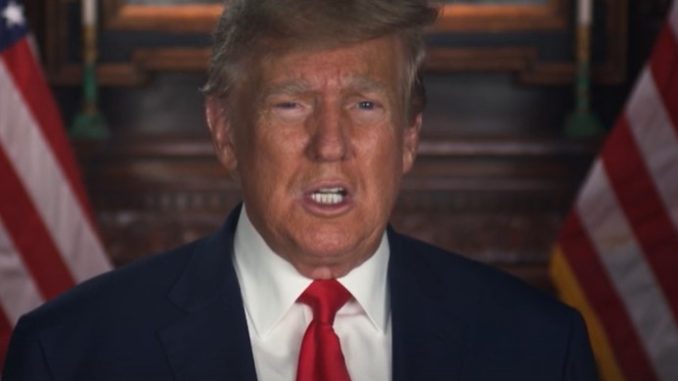
By Philip Butterworth-Hayes
“Dozens of companies in the USA and China are paving the way to develop electric take-off and landing vehicles for families and individuals,” according to a 2023 Donald Trump Agenda47 speech. “Just as the United States led the automobile revolution in the last century, I want to ensure that America, not China, leads the revolution in air mobility.”
The speech suggests that the US president elect will want to accelerate the development of advanced air mobility programmes in the USA, despite his other comments about the technical challenges facing electric aviation and the scepticism of his advisor Elon Musk around the advanced air mobility market.
In his speech, Donald Trump said he wanted to transform transportation and connect rural and urban America as part of a major initiative focused on lowering the cost of new cars and creating new transportation methods.
Industry analysts are forecasting the next US president will introduce policies to speed the introduction of the industry in the USA.
According to the Holland&Knight law firm: “President-Elect Trump is expected to maintain and expand progress on Advanced Air Mobility; however, he will likely deemphasize the climate benefits of electrification and promote the opportunity for American leadership and growth in U.S. high-skilled manufacturing jobs.”
The POLITICO website reports that Donald’s Trump’s plan to create up to ten new “Freedom Cities,” built from the ground up on federal land also “proposes an investment in the development of vertical-takeoff-and-landing vehicles.”
Certainly the prospect of taking on China in a race to dominate the global AAM industry is a likely key driver to future federal policy in this area. One of the most important areas of competition between the two aviation powers is the speed with which autonomy will be introduced into the commercial market – an area in which China has a current substantial lead, given that the autonomous EHang EH-216 has already been certified for commercial operations. The nearest US autonomous competitor, the Wisk Aero, is reported to be on course for introducing the first passenger services by the end of this decade.
If the new president does go-ahead with accelerating AAM in the USA (and thereafter, the wider world), the pressure will build on the Federal Aviation Administration to accelerate the certification processes for aircraft and infrastructure.
And unless global agreements can be reached on harmonising regulations for autonomous AAM vehicle and infrastructure operations between China and the USA, it is also likely that two competing sets of regulations for flying autonomous air taxis will emerge around the world – unless regulators in the Gulf States, where both Chinese and US eVTOL operations will first start operations in parallel at scale, can somehow be contained within a single set of rules.
For more information
https://www.donaldjtrump.com/agenda47/agenda47-a-new-quantum-leap-to-revolutionize-the-american-standard-of-living
https://www.politico.com/news/2023/03/03/trump-policy-futuristic-cities-00085383

